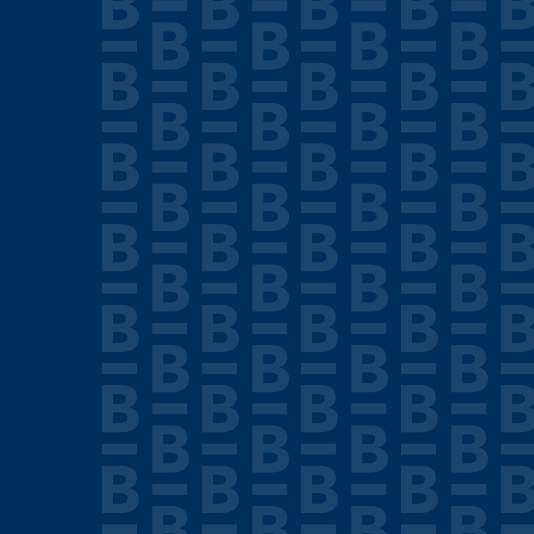From the global pandemic to trade wars, 2020 has been an unusual year. The events of 2020 have been remarkable on many fronts and have even affected everything from building materials to insurance premiums.
If you have been pursuing a home improvement or home building project, you’ve likely noticed that lumber prices spiked late this year. And because reconstruction costs are a factor in your homeowner’s insurance premiums, you may notice some adjustments there too.
Understanding how recent events are impacting industry-wide insurance-to-value calculations in new and renewal policies is important because proper valuation is extremely critical to ensure there is appropriate coverage in the event of a loss.
Rising material costs
Heightened demand emerging from an active year for catastrophic weather events and reduced material production due to COVID-19 have created a perfect storm of abnormally high construction costs.
A total of 63 catastrophic loss events occurred in 2020, including tornadoes in the Midwest, wildfires in the West, and hurricanes in the Southeast. The demand for building materials and labor created by these catastrophic loss events, combined with reduced capacity due to COVID-19, have resulted in significant cost estimation increases. According to a 360Value Quarterly Cost Update, materials and labor increased 9.2% year-over-year in October. This includes a spike in lumber prices of nearly 60%.
These price increases are fueled by continued high demand from the new construction sector, as demand for domestic housing remains high. And with that high demand, the related cost for labor has increased as well. Other contributing factors include supply-chain disruption due to the pandemic in addition to higher tariffs on Canadian lumber. All these factors contribute to rising prices of construction materials.
Impact on your insurance premiums
As construction costs rise, so does homeowner’s insurance replacement cost valuations. On a quarterly basis, insurance-to-value is adjusted to keep current with changing costs in building materials and the construction labor market.
This year, the fourth quarter adjustment is larger than in previous quarters and is resulting in replacement cost estimates noticeably larger than previous quarters. As replacement costs for buildings and roofing continue to escalate, expect your homeowners’ insurance premiums to go up.
Ways to protect your property and premiums
Even though the increases in insurance premiums affect the whole industry, there are many ways to mitigate potential losses and prevent your premiums from increasing significantly.
Prevent water damage in your home
Compared to fire and wind, water damage poses the biggest risk to homeowners. And the number one source of residential water losses is plumbing-supply system failure.
Losses from water damage can be quite extensive. A leaking kitchen sink pipe degraded from wear and tear or an old rubber washer of 10 years can discharge enough water to damage the entire floor of a house. To prevent water damage, replace parts in your plumbing-supply system that show signs of wear and tear and install water sensors in your home to detect water leaks.
Assess wind or hailstorm damage promptly
After a wind or hailstorm, contact your insurance agent immediately and work with a local reputable contractor to assess the damage appropriately. Failure to do so can result in higher insurance premiums in future.
Perform regular home maintenance
Perform regular home maintenance, including an annual inspection of your roof to mitigate potential loss from hail. Keep branches and trees away from your roof line and clean your gutters to prevent water backing up and degrading your roof shingles.
Regularly review your coverage levels
If you haven’t recently reviewed your insurance coverage, now is a good time to do so. While my team and I take a proactive approach to provide an annual advantage review to each of our customers to ensure their policy coverage protects them from potential losses, it is recommended that you review your coverage with your insurance agent.
An annual review will ensure your replacement cost data is accurate and adequately covers any current home remodeling or repair costs, giving you a layer of protection from having to pay expenses out-of-pocket. Your insurance agent will also be able to recommend ways to offset costs associated with rising prices of labor and construction materials.
